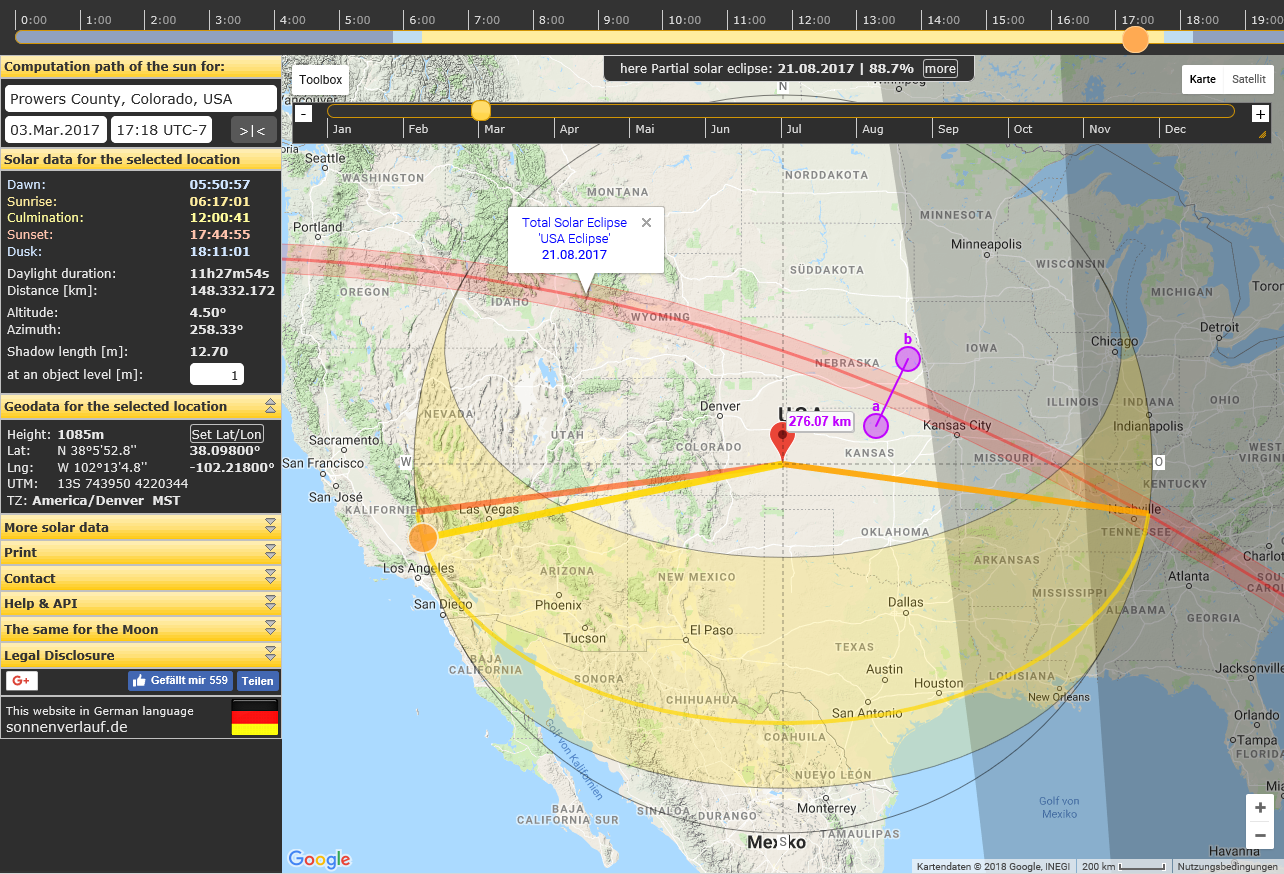Ecoeco
New Member
Hi
I have a newbie question. I’m putting panels on the roof of my house. The panels will face due north (I’m in New Zealand) however my (flat) roof pitches slightly down to the south. All the solar installers I’ve spoken to are keen to mount the panels with tilt legs so that the pitch of the roof is corrected and the panels with face the sun straight on at midday.
I’m keen to install the panels flat on the roof and accept that the pitch does not directly face the sun. I know this is not optimal for generation, but:
- tilting legs are expensive, I can use that money to buy and install more panels
- using legs to tilt the panels up will be less attractive than our current streamlined roof
So my question is how much generation will I loose due to the sub-optimal pitch of panels? If they will generate 50% less power I’m wondering if I can just install twice the number of panels to address this.
I have a newbie question. I’m putting panels on the roof of my house. The panels will face due north (I’m in New Zealand) however my (flat) roof pitches slightly down to the south. All the solar installers I’ve spoken to are keen to mount the panels with tilt legs so that the pitch of the roof is corrected and the panels with face the sun straight on at midday.
I’m keen to install the panels flat on the roof and accept that the pitch does not directly face the sun. I know this is not optimal for generation, but:
- tilting legs are expensive, I can use that money to buy and install more panels
- using legs to tilt the panels up will be less attractive than our current streamlined roof
So my question is how much generation will I loose due to the sub-optimal pitch of panels? If they will generate 50% less power I’m wondering if I can just install twice the number of panels to address this.



